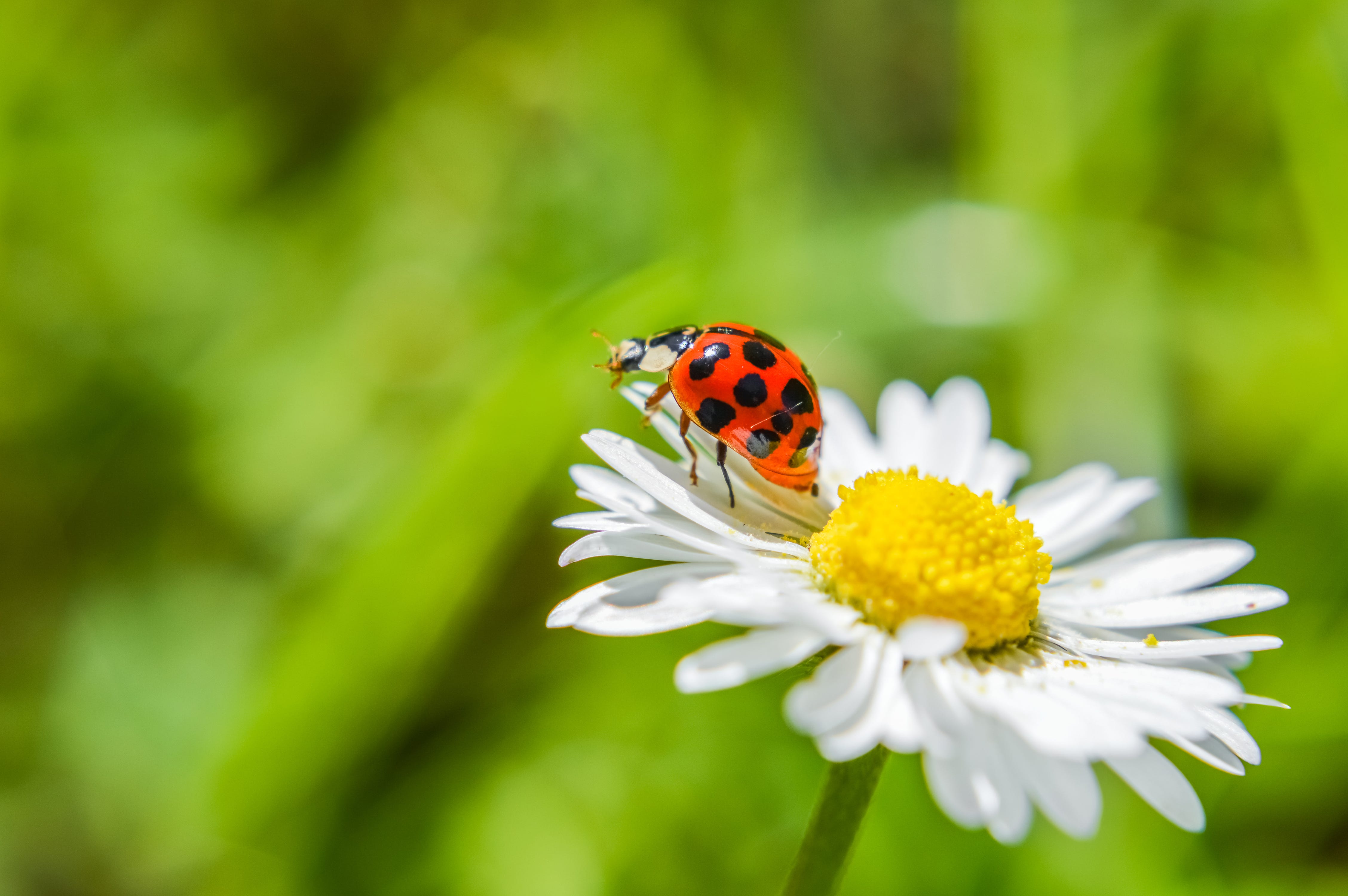Gardening: Manage your pests and use less chemicals

A great new habit for Southwest Florida gardeners: Learn Integrated Pest Management and use less pesticides, fungicides and herbicides in 2024 and beyond.
The harmful effects of pesticides and other toxins on our environment are increasingly in the news. Because of our tropical climate we have more pests and diseases than most areas and therefore use more pesticides, fungicides and fertilizers.
A new and better approach to insect and disease management is replacing the practice of spraying everything in the yard on a set schedule. It is called Integrated Pest Management or IPM. The idea is to use many methods to manage pests and ultimately use less pesticides.

IPM methods
Mechanical method – Picking caterpillars off the shrubs and stepping on them. Or pruning off diseased wood. Pulling weeds from the garden.
Physical methods – Using heat, cold, light, etc. For example, you can heat soil to kill pathogens in it or use cold to prevent food organisms from growing.
Biological methods – Learn your beneficial insects such as ladybugs, earwigs, etc. Attract birds to your yard by planting diverse and native species to create an ecosystem.
Cultural methods – Practices in the yard include fertilization, irrigation, mulching, soil preparation and sanitation (removing diseased wood or leaves from the site). Avoid extremes of fertilizer and water. Too much or too little can weaken plants and invite pest problems.
Host plant resistant method – Plant varieties developed to be resistant to damage by certain pests. An example is the Floratam variety of St. Augustine grass. It is more resistant to chinch bugs than other varieties. Also help by planting shrubs and trees where conditions will be favorable for their growth.
Regulatory methods – Laws were established to control movement of plants and animals infested with certain pests and diseases from place to place. An example is the past quarantining of areas with citrus canker.
Chemical methods – Including pesticides, repellants and attractants. Try to use pesticides which are not as harmful to the beneficial insects like BT, horticultural oils, and insecticidal soaps. Tolerate a few pests and a little damage. The pests are a source of food for beneficial insects that you want to attract and keep around.
When using Integrated Pest Management in your yard proper identification of insects is a must. There are many books available with pictures and information on the insects of Florida. A very good one is titled “Florida Insects” and costs under Five Dollars. The Collier County Extension Office in Immokalee has excellent literature on Florida insects as well.
Learn your yard and scout it regularly. Learn the beneficial insects which will feed on the harmful pests and learn to recognize when they are doing their job. If aphids, scale or whitefly nymphs have a small pinhole they have been parasitized by a tiny parasitic wasp.
If you detect predators every effort should be made to preserve them. Allow the beneficial insects to control the pest population before applying insecticides. Most plants in the landscape are over sprayed resulting in unnecessary environmental contamination and often upsetting the natural predator/pest balance. Spray only when a pest population is present and damage is beginning to occur.
Next time: I will discuss the different types of insect pests and the different control methods available.
Last weekGardening: Pruning the shrubs, what comes next?
MoreGardening: A colorful season for Southwest Florida
RelatedIt's hummingbird season. What does that mean for Southwest Florida?
AlsoCalusa Garden Club hold successful Home Garden Tour
Peter and Eileen Ward have sold Greensward of Marco after 40 years in the lawn and landscape business on Marco Island. You can reach Eileen with comments or questions on her columns via email at Gswdmarco@comcast.net or call 239-269-019